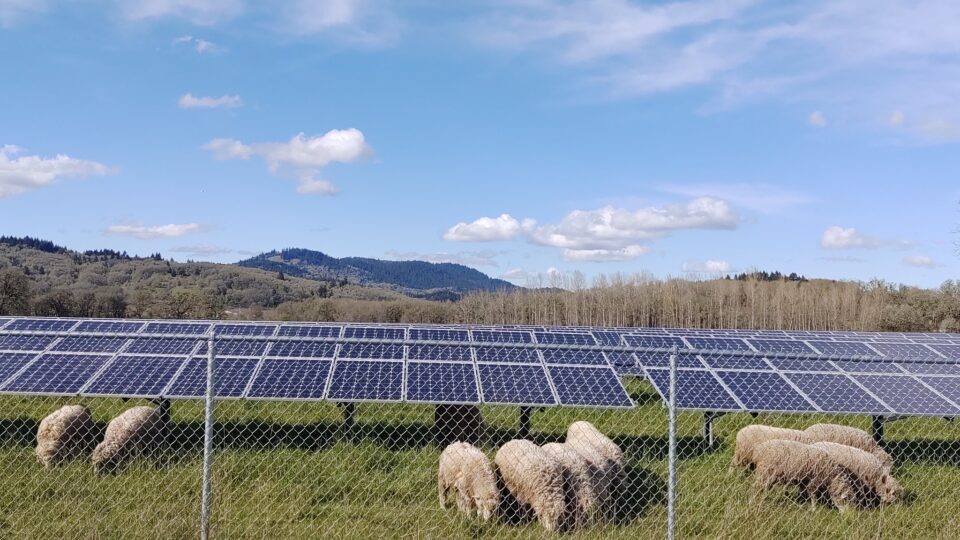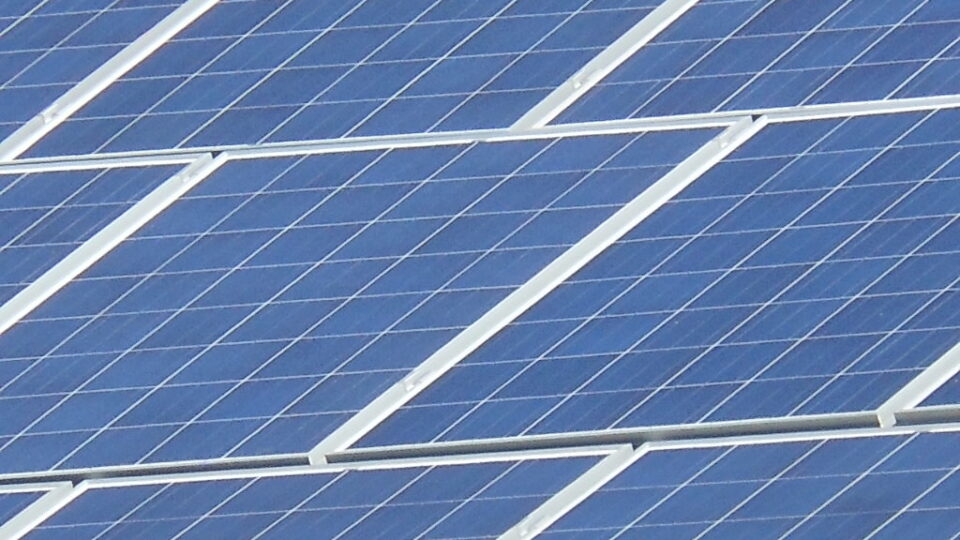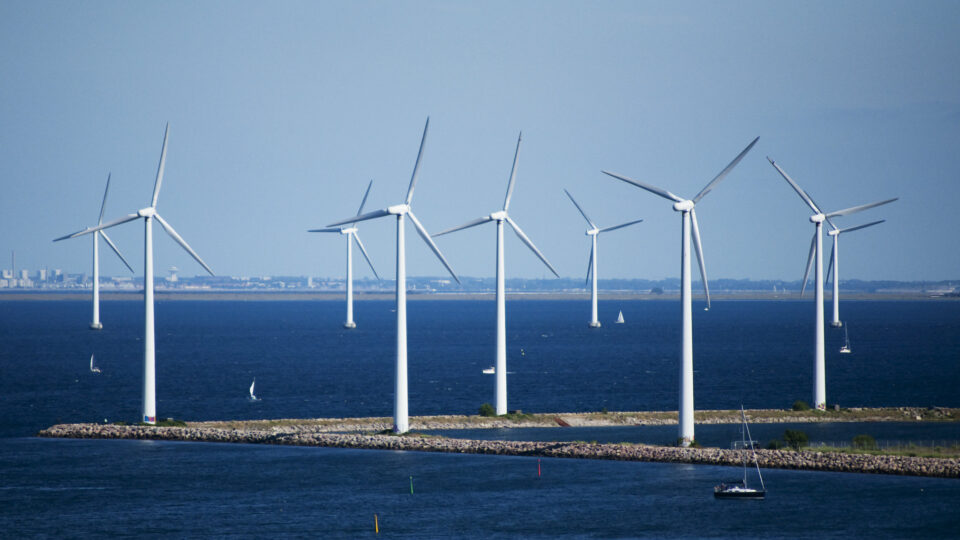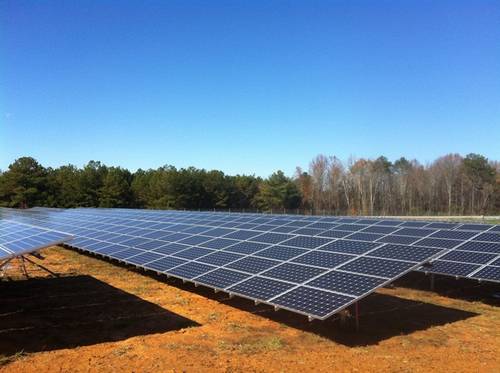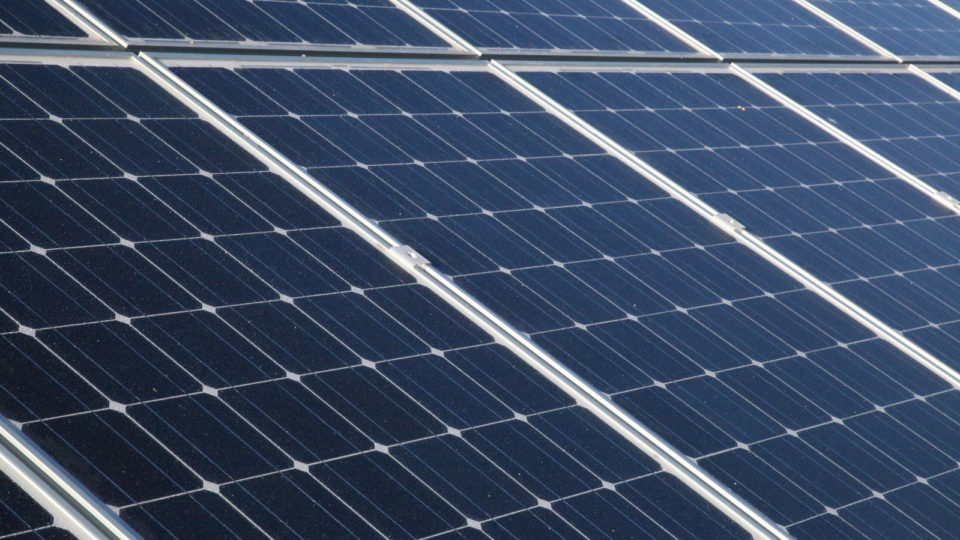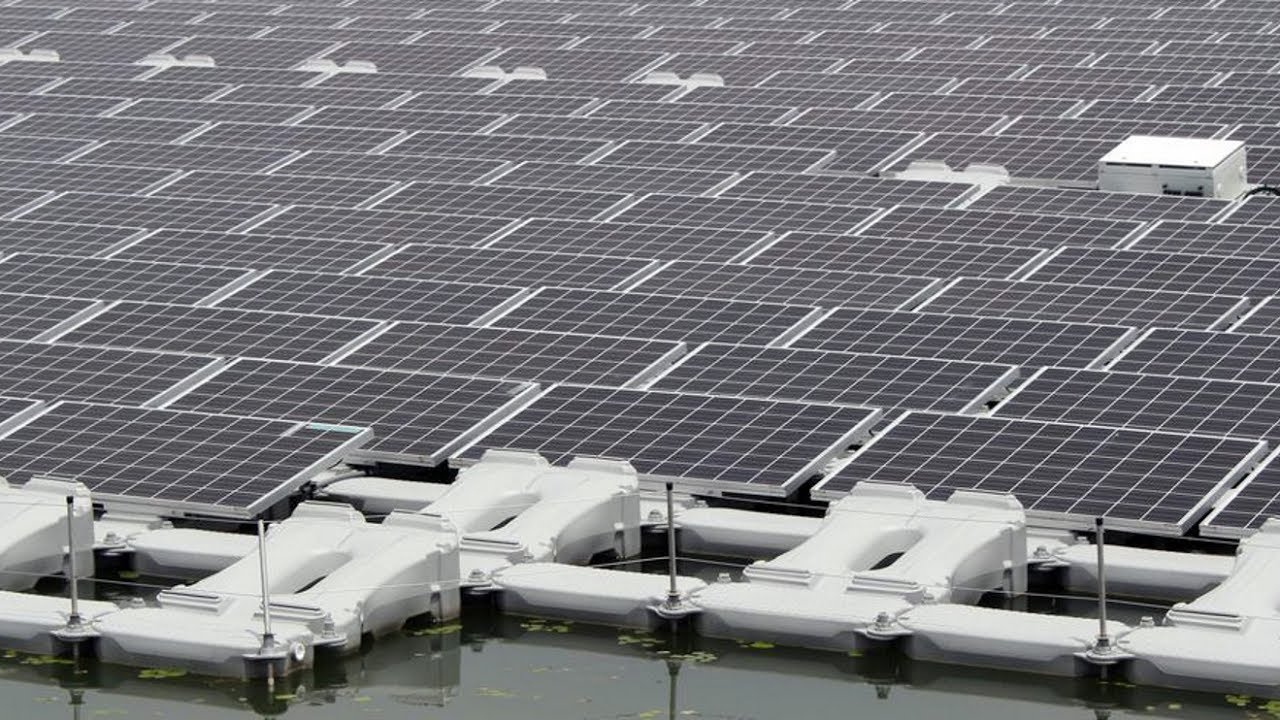New York has set a target of installing 9 GW of offshore wind capacity by 2035. The first offshore wind farm in the state – South Fork Wind – was approved by the Long Island Power Authority in 2017. Construction began in 2022.
South Fork Wind Farm is a 132 MW project sited 35 miles offshore from Montauk, New York. Early this year, the subsea power export cable was installed by Nexans, a cable and optical fiber company. In June, the project reached its “steel in the water” milestone with the installation of the farm’s first monopile foundation.
In November, the first of South Fork Wind’s 12 Siemens Gamesa wind turbine generators was hoisted into place by the offshore construction team. The turbines are being installed by a specialized vessel called the Aeolus. Turbine installation involves using a crane to place the steel turbine tower onto the foundation. The nacelle and rotor are then installed on top of the tower. Finally, the blades are bolted one by one to the rotor.
All 12 turbines for the project are expected to be installed by the end of this year or by early 2024.
There have been setbacks for the U.S. offshore wind industry in recent times. Two projects in New Jersey have been scrapped because of supply chain issues. Rhode Island Energy pulled out of a project citing higher interest rates, increased expenses, and problems with tax credits.
But despite these setbacks, the industry continues to make headway. Vineyard Wind in Massachusetts is on the precipice of delivering its first power to the grid and the pipeline of additional projects continues to grow.
**********
Web Links
First turbine installed at South Fork Wind, New York’s first offshore wind farm
Photo, posted August 7, 2013, courtesy of SSE / Department of Energy and Climate Change via Flickr.
Earth Wise is a production of WAMC Northeast Public Radio



